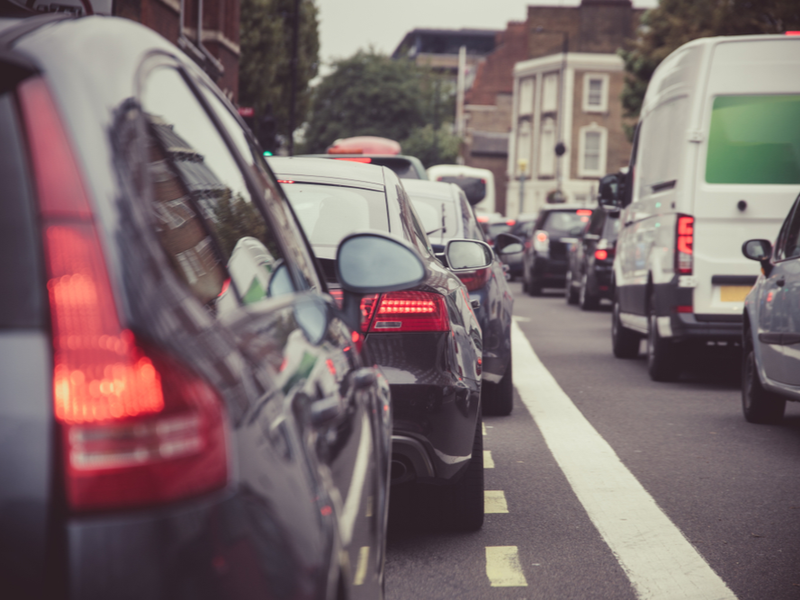Planning your journey in advance is important as it allows you to reach your destination by choosing the best route possible and avoid unforeseen road closure. Try to avoid peak hours by either leaving earlier or later, where possible.
Keep in mind the weather conditions, and plan ahead your stops if you are going on a long journey. Take regular breaks and get enough sleep before getting behind the wheel to prevent drowsy driving.
